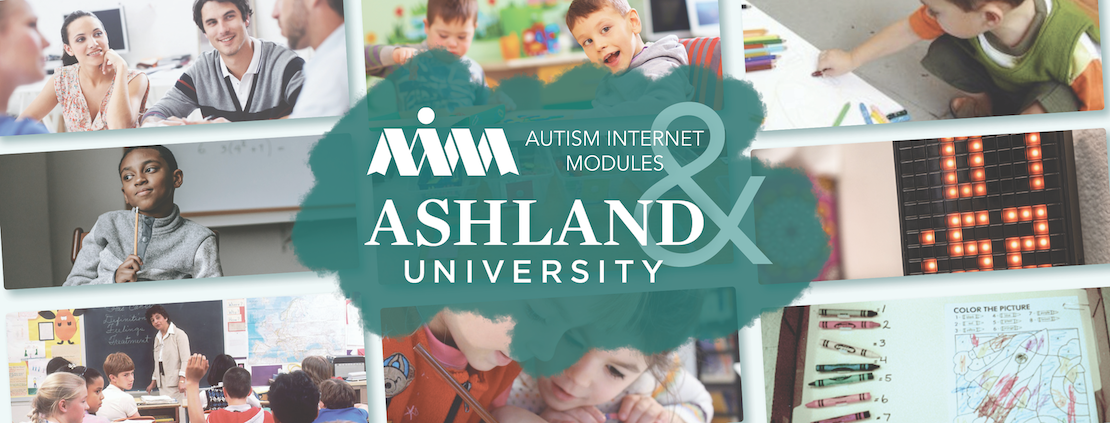
Course Overview
Creating Classroom Structure
January 31, 2022 - April 30, 2022
Many individuals with autism thrive in a structured, predictable environment. Simple structural supports that benefit those with autism spectrum disorder (ASD) benefit all students in the classroom. By completing this online course, you will learn a variety of strategies, including visual and structural supports for the classroom environment to use with students with ASD.
- Registration Instructions
-
Course registration is a two-step process: 1) Register on AIM and 2) Register and pay on Ashland University's system. Once you have completed this two-step process, this course will be available to you on AIM at the start of the semester, January 31, 2022.
If you have questions about this course or the registration process, please contact the course instructor, Amy Bixler-Coffin at amy_bixler@ocali.org.
- Registration Details
- Course registration open December 13, 2021 - March 28, 2022
- 1-Credit course costs $225 paid to Ashland University
Rules and Routines
Estimated Time to Complete: 1 hour
Defined rules and routines are important components of educational programming for all students, but particularly for individuals with autism spectrum disorder (ASD), whose learning differences may present challenges in understanding expectations. This module presents strategies for designing and implementing rules and routines to support students with ASD and promote success in school, home, work, and the community.
Task Analysis
Estimated Time to Complete: 2 hours
Task analysis is the process of breaking a skill into smaller, more manageable steps in order to teach the skill. As the smaller steps are mastered, the learner becomes increasingly independent in his or her ability to perform the larger skill. This module will provide information on task analysis.
Transitioning Between Activities
Estimated Time to Complete: 1 hour
Transitions are a part of everyday life. They occur frequently, requiring individuals to stop an activity, move from one location to another, or begin something new. Transitions can be challenging for individuals with autism spectrum disorders (ASD). This module will provide promising practices in transition strategies with specific examples that may be used as models for developing transition interventions for your learner with ASD.